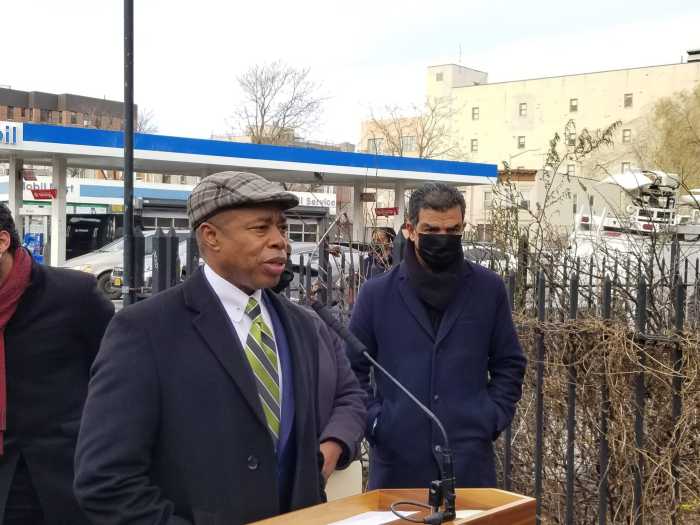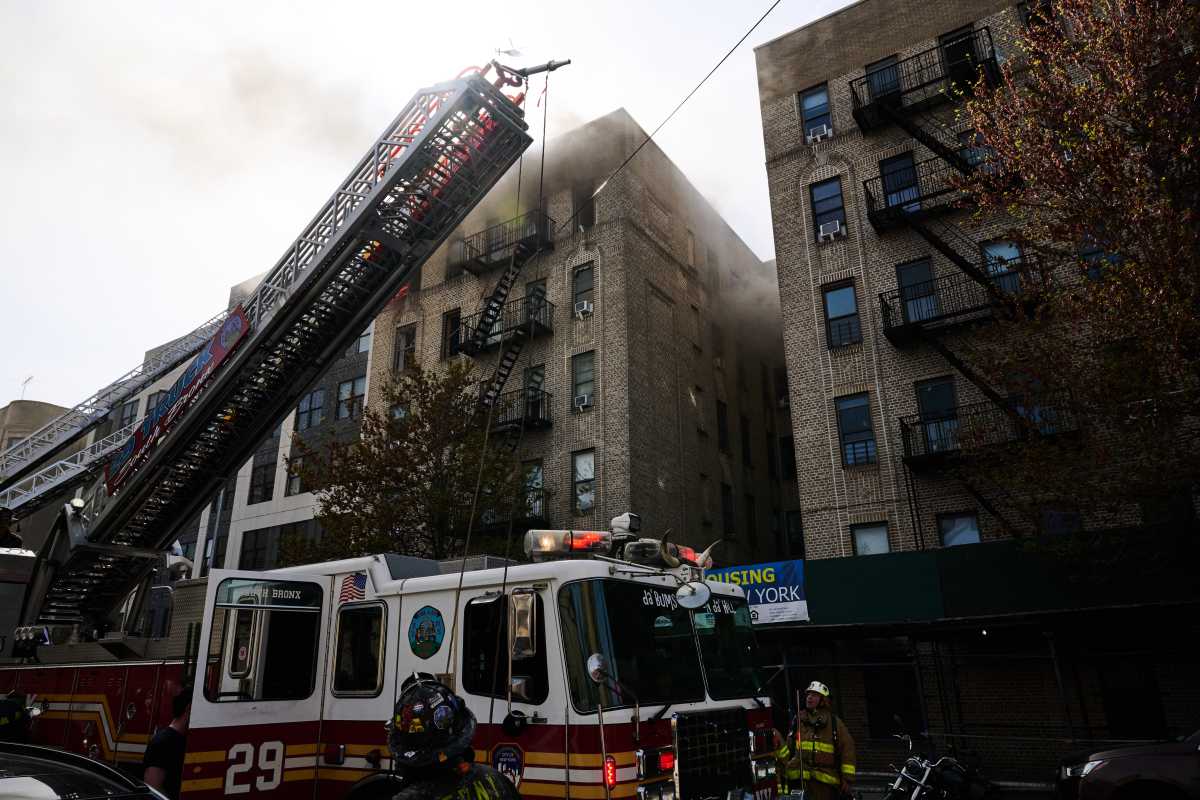The Climate Jobs New York (CJNY) union in conjunction with Cornell University released a report outlining recommendations to Mayor Eric Adams’ administration as well as examining the impact of climate change and the COVID-19 pandemic on NYC workers and schools.
The report, supported by numerous unions including 32BJ – the union that represents the nearly 5,000 cleaners and handypersons at NYC public schools – offers numerous alternatives and recommendations to city government in order to build an equitable clean energy economy.
Released Feb. 11, the report also highlights integral recommendations in energy, transit, building sectors and education with more information coming in upcoming weeks.
One of the key goals is getting K-12 public schools to net-zero carbon emissions by 2030 by conducting infrastructure retrofits, installing 1.1 gigawatts of renewable energy and adding battery storage, all through the Carbon Free and Healthy Schools campaign.
“NYC could transition all K-12 public schools to net zero emissions by 2030,” said Michael Mulgrew, President of the United Federation of Teachers. “Not only would this save city schools over $73 million per year on energy, but it would also improve air quality and create over 50,000 good new jobs. Carbon-free and healthy schools are a win for workers, for teachers, for parents, for students–and for our planet.”
Another priority for the unions is to ensure climate job creation for New Yorkers, in particular Black and Latinx workers.
“When you provide good jobs in communities, those communities flourish,” said Shirley Aldebol, Executive Vice President and Director of the Schools Division for SEIU 32BJ in an interview with amNew York. “Environmental racism is real and Black and Brown communities are likely to have the highest asthma rates, likely to have environmental-related diseases. So empowering people through the schools starts with our kids to be in an environment where they’re healthy and safe and where carbon emissions are reduced. Overall for our Black and Latinx communities to flourish we need to have both – good jobs and environments that are sustainable.”
Some policy recommendations include building three gigawatts of offshore wind by 2030 and conducting a feasibility study on green hydrogen production potential at offshore wind ports and onshore substations; electrifying transportation by 2030 by prioritizing high-quality job creation and equity, and keeping important infrastructure assets under public purview and implementing A More Just NYC Renewable Rikers proposal through direct installation of a 90-megawatt solar farm, 300-megawatts of battery storage and construction of a wastewater resource recovery facility under a Project Labor Agreement on Rikers Island by 2035.
“The group has had some pretty significant wins along the way,” said Jeff Vockrodt, Executive Director of CJNY to amNew York. “One of the priorities from the beginning was offshore wind and so the leaders of Climate Jobs New York played a central role in getting the state to understand the value of committing to 9,000 megawatts of offshore wind procurement and investing in ports. All of that has been a major priority of ours.”
The motivation to transition to climate-friendly jobs is a pressing one, with each day the climate crisis looms and it is integral to adjust the economy and job-market to reflect the need for net-zero carbon emissions.
“Building trades members in New York are ready to get to work building the climate infrastructure of our future: carbon-free school buildings, public buildings that run on clean energy, and critical energy infrastructure,” said Gary LaBarbera, President of the New York City and New York State Building and Construction Trades Councils and Climate Jobs NY Director. “Climate Jobs NY knows that pro-worker climate action pays off in good union jobs, more equitable communities, and a real shot at a healthy planet. This report from our partners at Cornell University shows how to get there by making strong investments in workers and under-resourced communities. Let’s get to work.”
The full report can be accessed online.


































